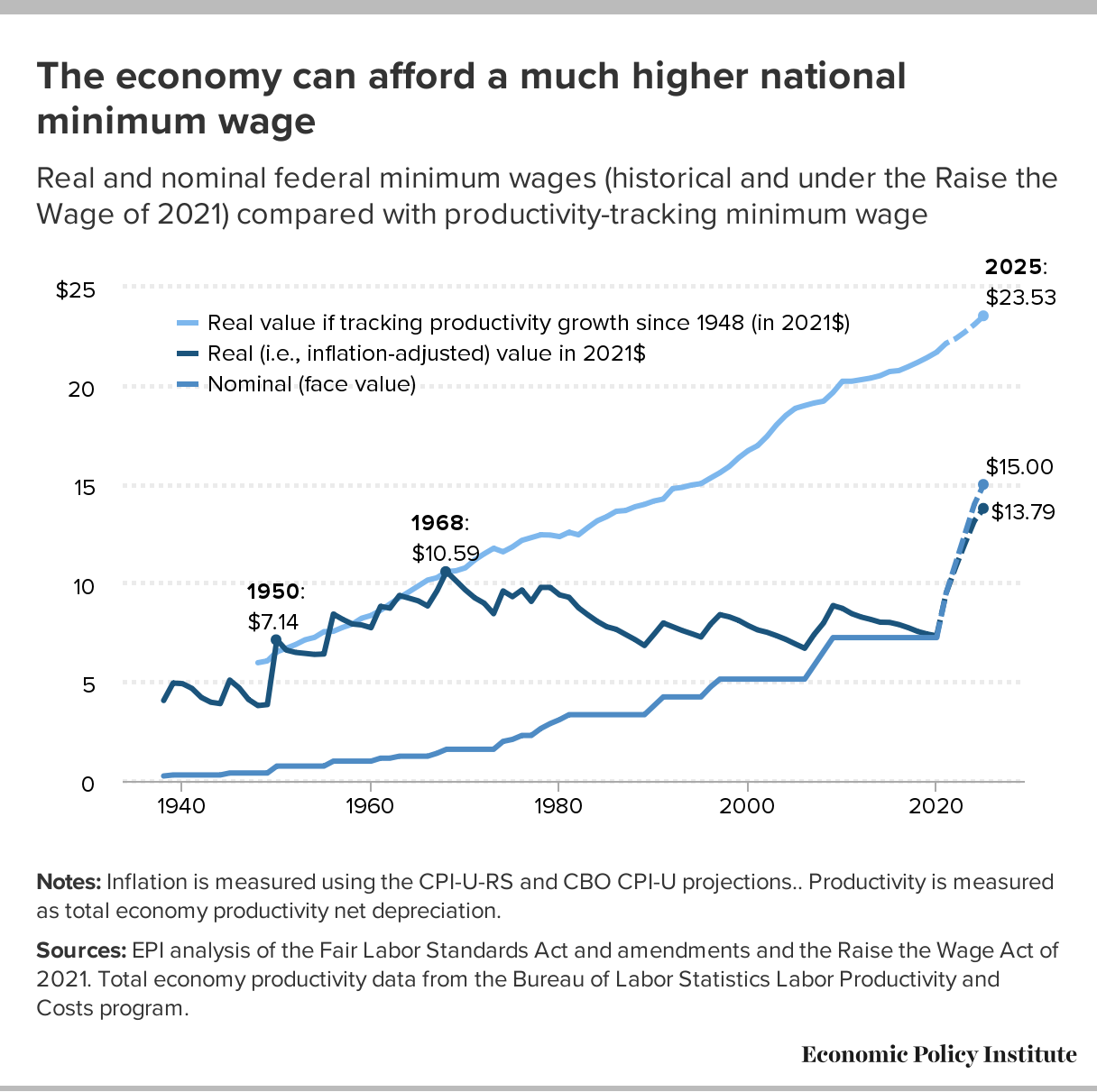PBL
As I have written about protests, the ones that we have heard about were the successful ones. This is not the most common outcome for a protest, depending on how large a resistance gets before something is defined as a protest, 80 to 99 percent of protests fail. Now depending on your personal political ideologies, this can be a good or bad thing. However, sometimes when protests fail, they do much more damage to a movement that any could possibly dream of.
In any modern economics class, one phenomenon that most likely will be discussed is the rapidly increasing wage divide between the highest and lowest learners. Additionally, most of these classes will be accompanied by a graph like this:

Or this:

Who caused this problem, where the blame lies, and whether it is a real issue or not can all be argued but one of the major cause of this wealth divide is the decline of union membership that started in 1968. The power unions give workers are inarguable, as we can see in modern day auto manufacturers, where aggressive unions are found, higher wages come with them. The US decline in union membership was mainly because of one failed strike by the air traffic controllers union. Public opinion is the biggest control that the public as a whole has on politicians, whatever the general populace lets politicians get away with, they will, and in 1968 public opinion for union membership had fallen. This wasn’t because the public suddenly started hating collective organization for no reason, it was also the result of a calculated information campaign. This didn’t change the outcome of what happened however.
The PATCO or Pacific Air Traffic Controllers Organization, was the official union of air traffic controllers. They controlled the labor forces of several major airports across the seaboard, and in 1980 they ordered a strike in order to increase their pay and to demand safer working conditions. Sadly that didn’t happen, instead it resulted in the most severe crackdown on union membership in US history. The strike lasted for 2 weeks before Ronald Reagan and his administration harshly stepped in. In union culture, the act of walking over the picket line or going back to work during a strike is referred too as scabbing. When Reagan broke the strike he went much further than just hiring scabs, he used a section of federal code that stated that federal employees are forbidden from striking to fire the entire 11,000 striking workforce and hire replacements. This destabilized union cultures across the united states, as the lack of public blow back from his action, accompanied by the implicit statement that this was allowed, incentivized corporations across the the US to bring in scabs to break strikes. From a companies standpoint, this is the best option, as the non-unionized workers can often be paid less and work more than unionized workers. The story of the PATCO strike and the subsequent lack of public resentment for the actions, permanently harmed the rates of union membership in the US.